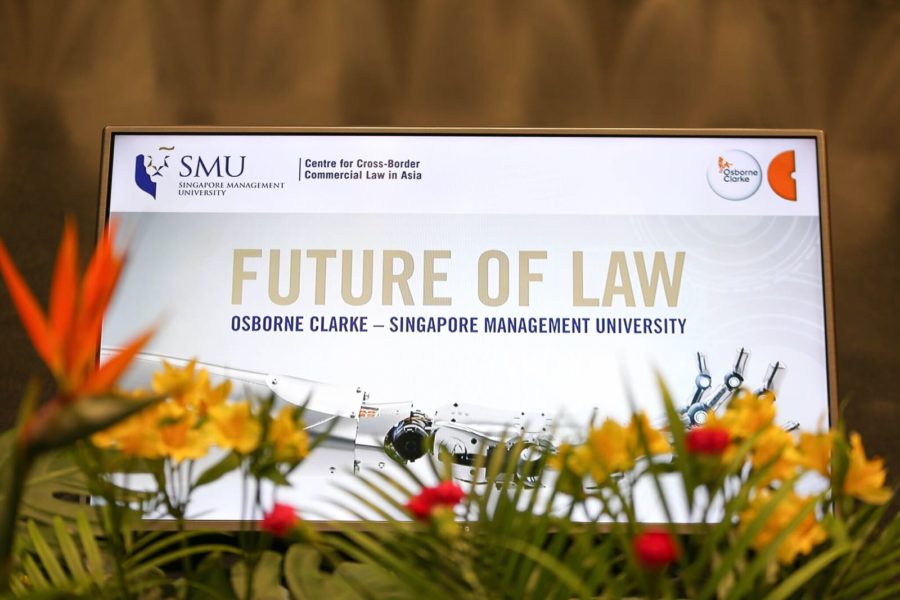Reading time: 6 minutesWritten by Josh Lee and Professor Thomas G. Giglione
This is the first part of a two-part series on recent developments in online dispute resolution. These series was co-written by Josh Lee and our guest contributor, Professor Thomas G. Giglione.
Professor Giglione is an experienced commercial mediator, and is the Convener for the 2017 Asia Pacific Mediation Forum Conference in Da Nang, Vietnam.
Introduction
Notwithstanding the continued importance of “traditional” dispute resolution mechanisms such as litigation and ADR, online dispute resolution (“ODR”) has continued to grow in influence and importance as an enabling tool for lawyers in assisting clients with the resolution of disputes.
This development, however, has been patchy at best. Certain regions, such as South-East Asia (“SEA”), do not seem to have embraced ODR as compared to regions like the European Union (“EU”). This is in spite of the sustained explosion in growth of mobile usage and e-commerce in SEA – between January 2016 and January 2017, for instance, the number of internet users and mobile subscriptions in SEA jumped by 80 million and 62 million respectively.
In this 2-part series, we intend to bring attention to major ODR developments in the EU, and to explore the possibility of applying such developments in the SEA context. In particular, our two mini-articles will cover the following areas:
- Briefly trace the global development of ODR, and to identify the development phase that ODR is in today;
- Identify the latest major development on ODR in the EU, the pan-EU ODR system, and to examine its main features, strengths, and criticisms;
- Broadly assess the desirability and feasibility of implementing a region-wide ODR network in SEA, with suitable modifications, if any; and
- To this end, identify certain inroads that have been made so far towards the implementation of such a region-wide ODR network in SEA.
The first part of this series will cover (a) by tracing the global development of ODR, and attempt to identify the phase of development that ODR is currently in.
Read More



